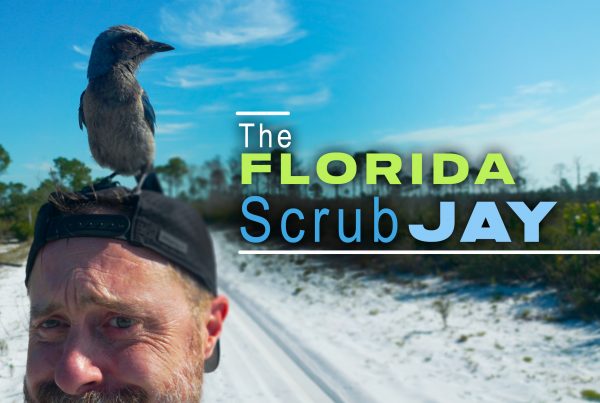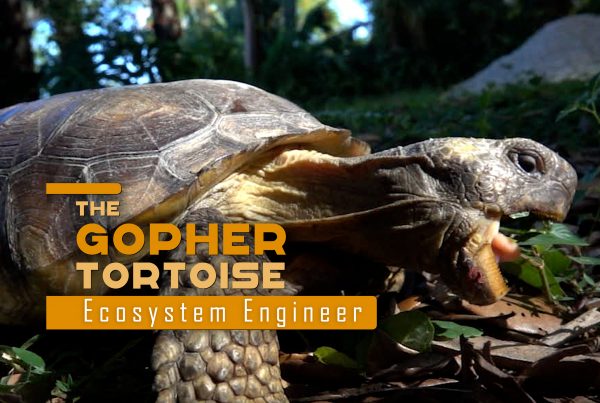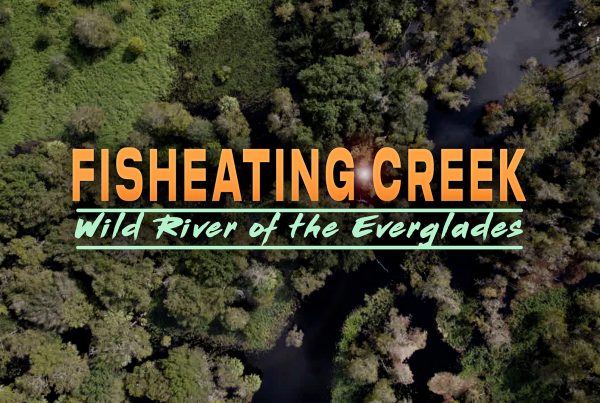Cypress Dome 360
Watch the video, use the field guide (click the button below) and take the quiz to identify three things you might encounter in an Everglades cypress dome. Good luck!
From a distance the cypress dome looks like an island: a dry forest towering over the surrounding marsh. In reality, cypress domes form around depressions, or areas of slightly deeper water. This is a fascinating habitat to explore and is home to some of the Everglade’s most interesting and rare plants and animals. You’ll often find that it’s a few degrees cooler and more humid in the middle of a cypress dome…but bring your bug spray. The many bromeliads you might find are perfect micro-habitats for mosquitoes to breed!
Bromeliad species you will find in a cypress dome are epiphytes. An epiphyte is basically a plant that grows atop another plant or tree. For small plants like bromeliads, orchids and ferns, this is a handy adaptation to have in a habitat where the water can be 4 feet deep or more. Larger trees like the bald cypress or the pond apple become handy host trees for these epiphytes to grow upon.
So this is a classic, Everglades cypress dome, one of my favorite habitats to explore. Cypress domes tend to develop around depressions in the surrounding marsh. The dome shape forms because the cypress trees tend to grow taller towards the center where the water is deeper and the muck is thicker.
These domes are critical to the wildlife of the Everglades because they are often some of the last places to hold water during the dry season. The canopy also helps to hold in the moisture, creating a more humid microclimate and making it a great place for epiphytes, which are basically plants that grow upon other plants or trees.
We’re going to explore the cypress dome habitat and you’re going to be on the look-out for three specific things you might find in here. Listen for this sound, and look for a symbol that looks like this. Use your field guide found on this page on Odyssey Earth.com to identify each of those things. Let’s go!




